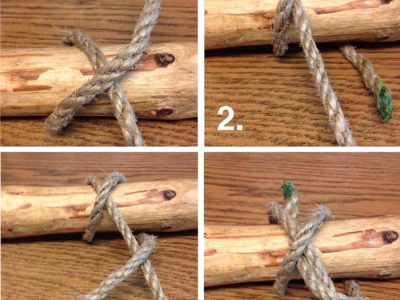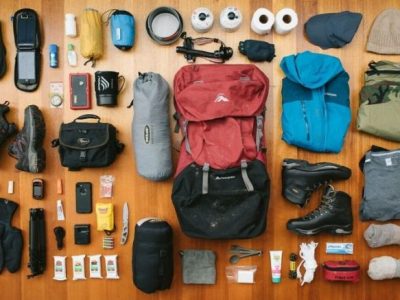Durable tents for scout camping – Durable tents are an essential gear for scout camping, providing shelter and protection from the elements. These tents are designed to withstand rugged conditions, ensuring a comfortable and safe camping experience. With various materials, weather resistance features, and structural stability, durable tents empower scouts to embark on outdoor adventures with confidence.
When selecting a durable tent for scout camping, factors such as material durability, weather resistance, structural stability, size and capacity, ventilation and condensation management, features and accessories, and setup and maintenance should be carefully considered. By understanding these aspects, scouts can choose the most suitable tent that meets their specific needs and enhances their camping experience.
Material durability
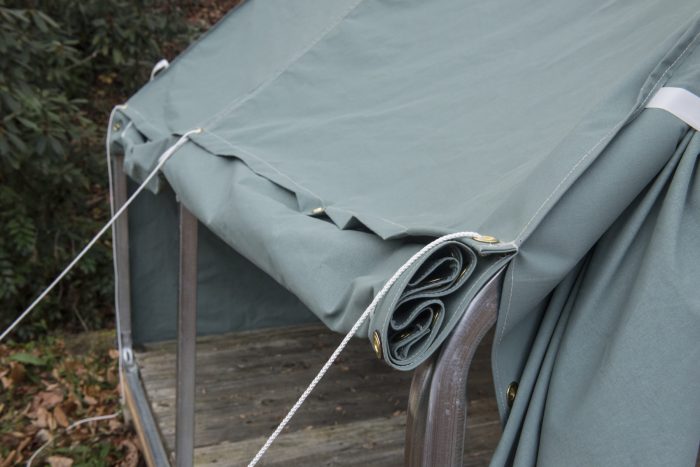
Durable tents for scout camping require robust materials that can withstand the rigors of outdoor use. These tents employ high-tenacity fabrics, known for their exceptional strength and resistance to tearing and abrasion. Common materials include nylon, polyester, and canvas. Nylon is a lightweight and strong synthetic fabric, while polyester offers excellent UV resistance.
Canvas, a natural material, provides breathability and durability.
Seam sealing and reinforcement
Seams are critical areas where water can penetrate a tent. To ensure waterproofing, durable tents feature seam sealing, a process where a waterproof sealant is applied to the seams. Additionally, reinforcements, such as extra layers of fabric or webbing, are used at stress points to enhance durability and prevent tearing.
Weather resistance
Weather resistance is a critical factor to consider when choosing a tent for scout camping. A tent’s ability to withstand the elements will determine how comfortable and safe you are during your trip.
Several factors contribute to a tent’s weather resistance, including waterproofing, breathability, and wind resistance.
Waterproofing
Waterproofing is essential for keeping you dry in wet weather. A tent’s waterproofing is measured in millimeters (mm) and indicates how much water pressure the tent can withstand before leaking. A higher waterproofing rating indicates a more waterproof tent.
Breathability
Breathability is also important, as it allows moisture to escape from the tent. This prevents condensation from building up inside the tent, which can make you wet and uncomfortable.
Wind resistance
Wind resistance is important for keeping the tent stable in high winds. A tent’s wind resistance is measured in kilometers per hour (km/h) and indicates how much wind the tent can withstand before collapsing.
Tent designs
The type of tent design can also affect its weather resistance. Dome tents are generally more wind-resistant than tunnel tents, while cabin tents are more spacious but less wind-resistant.
Structural stability
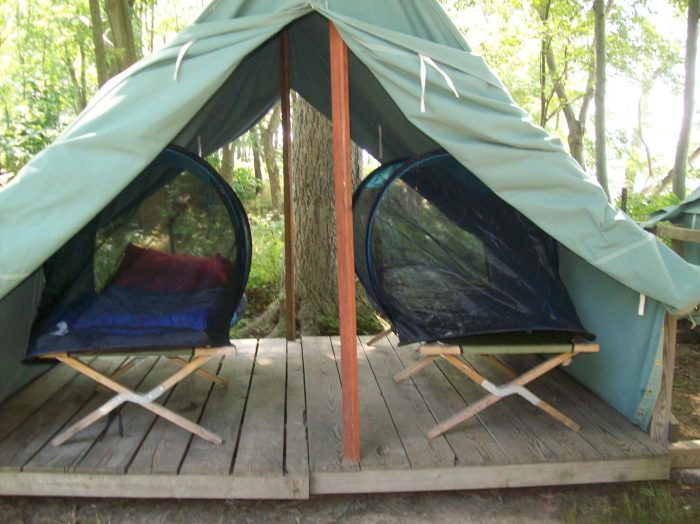
A tent’s structural stability is paramount for withstanding adverse weather conditions and ensuring the safety of campers. Several components contribute to a tent’s stability, including a strong frame, guy lines, and stakes.The frame, typically made of aluminum or fiberglass poles, provides the tent’s primary support structure.
Aluminum poles are lightweight and durable, while fiberglass poles are more flexible and less prone to breakage. The shape and design of the frame determine the tent’s overall stability and resistance to wind and rain.Guy lines, attached to the tent’s corners and connected to stakes, provide additional support and prevent the tent from swaying or collapsing in high winds.
Stakes, driven into the ground, anchor the tent and transfer the force of wind and rain into the earth.
Size and Capacity
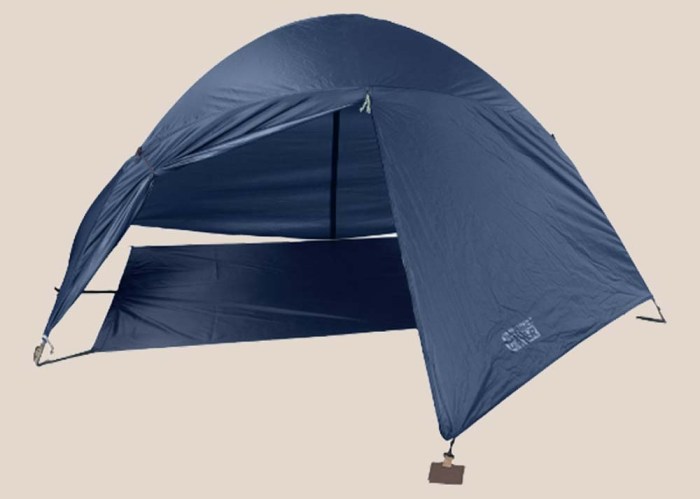
Selecting the appropriate tent size for scout camping is crucial to ensure comfort and functionality. Several factors need to be considered, including the number of occupants, gear storage requirements, and desired comfort level.
Occupant Capacity
The number of occupants determines the minimum size of the tent required. A tent should provide ample space for each person to sleep comfortably, move around, and store their gear.
Gear Storage
Consider the amount of gear that will be stored in the tent, including backpacks, sleeping bags, and other equipment. Ensure the tent has adequate space for gear storage without compromising comfort.
Comfort Level
The desired comfort level also influences tent size. A larger tent provides more space and freedom of movement, while a smaller tent may be more compact and easier to set up.
Tent Layouts
Tents come in various layouts, each with its advantages:
- Single-room tents: Offer a simple and compact design, ideal for small groups or solo campers.
- Multi-room tents: Provide separate sleeping areas and a common living space, suitable for larger groups or families.
Ventilation and condensation management
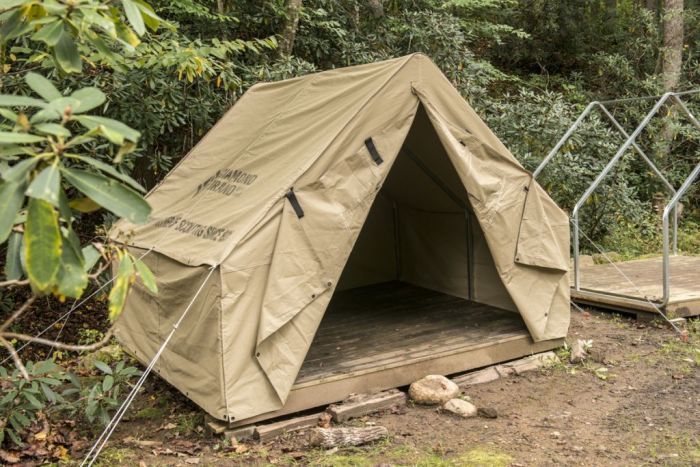
Condensation buildup is a common problem in tents, especially in humid environments. It can make the tent damp and uncomfortable, and can even lead to mold growth. Proper ventilation is essential for preventing condensation buildup.There are two main types of ventilation systems used in tents: passive and active.
Passive ventilation relies on natural airflow to circulate air through the tent. This type of ventilation is typically provided by vents located in the roof and walls of the tent. Active ventilation uses fans or other devices to circulate air through the tent.
This type of ventilation is more effective than passive ventilation, but it can also be more noisy and power-consuming.Here are some tips for managing condensation and maintaining a comfortable sleeping environment:
- Pitch your tent in a well-ventilated area, such as on a hilltop or in a clearing.
- Open the vents in the roof and walls of your tent, even if it is raining or snowing.
- Use a ground cloth to help prevent moisture from rising from the ground into your tent.
- Avoid cooking or using a stove inside your tent, as this can generate moisture.
- If you are using a lantern or other light source inside your tent, make sure it is well-ventilated.
- If condensation does build up on the inside of your tent, wipe it away with a dry cloth.
Features and accessories
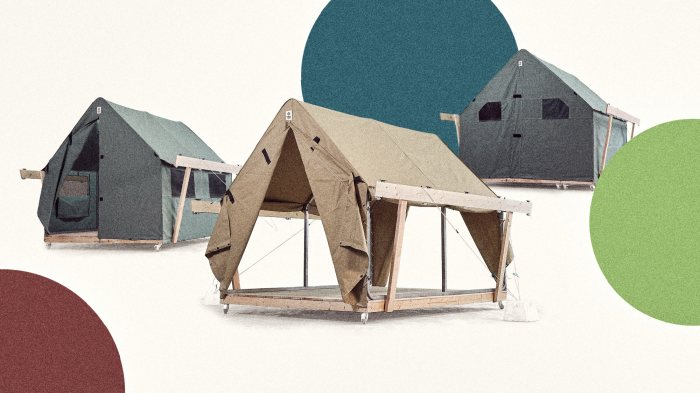
Durable tents for scout camping should possess essential features that enhance functionality and comfort. Vestibules, gear lofts, and electrical cord access are valuable additions that provide convenience and organization.
Vestibules
- Vestibules are enclosed spaces at the tent’s entrance that offer a protected area for gear storage, changing clothes, or cooking during inclement weather.
- They keep the main tent clean and dry, reducing condensation and dirt accumulation.
Gear lofts
- Gear lofts are mesh pockets or shelves suspended from the tent’s ceiling, providing additional storage space for gear and personal items.
- They keep belongings organized and off the tent floor, maximizing space and preventing clutter.
Electrical cord access
- Electrical cord access allows campers to bring power into the tent for charging devices or powering small appliances.
- It eliminates the need for bulky power banks or extension cords, ensuring convenience and safety.
Accessories
Essential accessories for durable tents include ground cloths, footprints, and repair kits.
Ground cloths
- Ground cloths are durable tarps placed under the tent to protect the floor from punctures, moisture, and ground debris.
- They extend the tent’s lifespan and keep the interior clean and dry.
Footprints
- Footprints are lightweight tarps custom-sized to fit the tent’s footprint, providing an additional layer of protection from abrasion and moisture.
- They are easier to clean and replace than the tent floor, saving on maintenance costs.
Repair kits
- Repair kits contain essential tools and materials for mending tears or punctures in the tent fabric.
- They enable campers to make quick repairs in the field, ensuring the tent’s integrity and extending its lifespan.
Setup and maintenance: Durable Tents For Scout Camping
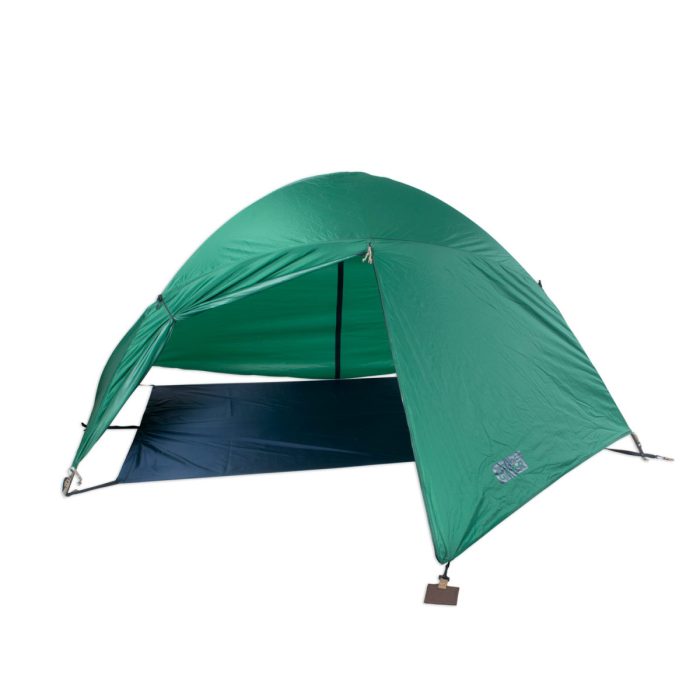
Proper setup and maintenance are crucial for ensuring the durability and weather resistance of a tent. Setting up a tent correctly involves selecting a suitable site, leveling the ground, and securing the tent properly with stakes and guy lines.
Maintenance tips include cleaning the tent regularly, drying it thoroughly before storage, and repairing any tears or damage promptly. By following these guidelines, you can extend the lifespan of your tent and ensure it remains a reliable shelter during outdoor adventures.
Step-by-step setup, Durable tents for scout camping
- Select a level and well-drained site away from potential hazards such as fallen branches or rocks.
- Clear the ground of any debris or vegetation that could damage the tent floor.
- Unfold the tent and spread it out on the ground, aligning the door with the desired entrance direction.
- Insert the poles into the designated sleeves and assemble the frame according to the manufacturer’s instructions.
- Stake the tent securely into the ground using the provided stakes and guy lines.
- Adjust the guy lines to ensure the tent is taut and stable.
Importance of proper setup
Proper setup is essential for the stability and weather resistance of the tent. A well-pitched tent will withstand strong winds and heavy rain without collapsing or leaking. It also helps to prevent condensation from accumulating inside the tent, which can lead to discomfort and moisture-related issues.
Maintenance tips
- Clean the tent regularly using a mild soap solution and a soft brush.
- Dry the tent thoroughly before storing it to prevent mold and mildew growth.
- Repair any tears or damage promptly using a tent repair kit.
- Store the tent in a dry and well-ventilated area when not in use.
Ultimate Conclusion
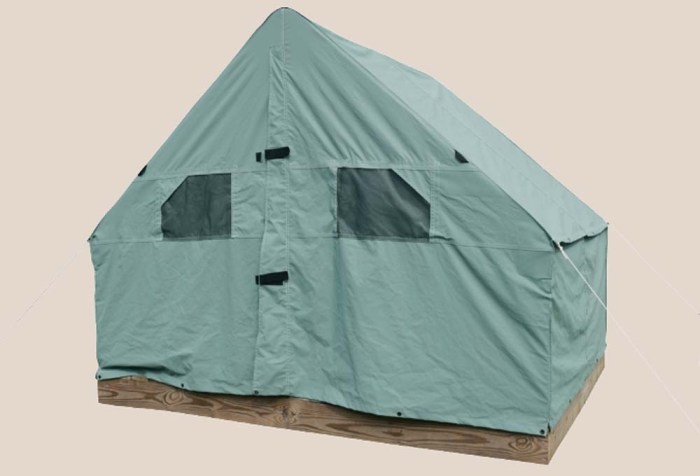
Investing in a durable tent for scout camping is a wise decision, ensuring a reliable shelter for years to come. These tents provide peace of mind, allowing scouts to focus on exploring, learning, and creating lasting memories in the great outdoors.
Expert Answers
What materials are commonly used in durable tents for scout camping?
Durable tents for scout camping often utilize high-tenacity fabrics like nylon and polyester, which are known for their strength, tear resistance, and longevity.
How can I ensure the tent is weather resistant?
Look for tents with waterproof coatings, taped seams, and breathable fabrics to protect against rain, wind, and condensation.
What size tent should I choose for scout camping?
Consider the number of occupants, gear storage needs, and desired comfort level when selecting the appropriate tent size.

